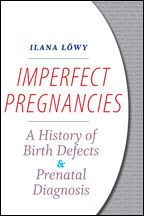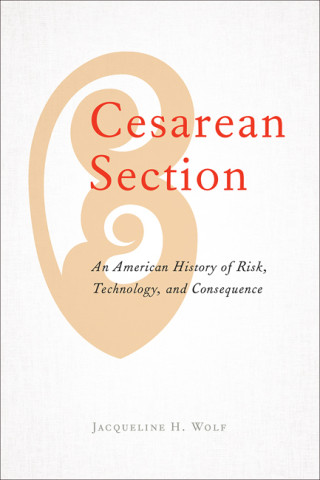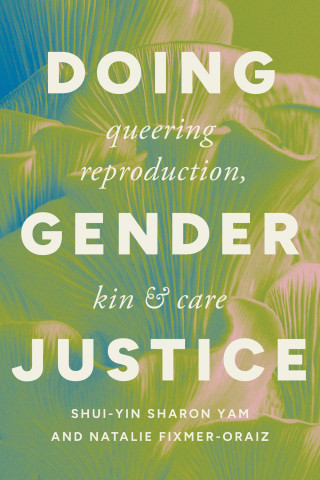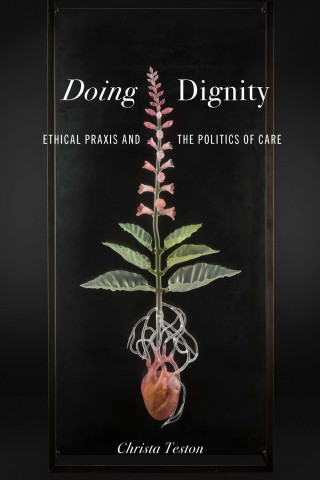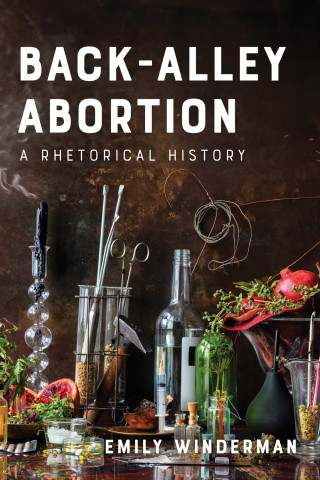
Reviews
Amid rising anxiety over reproductive justice, Winderman compellingly demonstrates the power of rhetoric to mobilize fear, misdirect public attention, and marginalize those seeking reproductive care. Providing crucial nuance to a phrase that continues to haunt feminist politics, Winderman deftly illuminates the complex residue of the 'back-alley' and how it persists across time and space.
Urgent and riveting, Back-Alley Abortion traces the rhetorical life of the metaphor that has dominated public discourse about reproductive rights. This powerful book will challenge what you think you know about the history of abortion, and it will convince you of the power of stories—even wrong ones—to shape both public understanding and public policy.
Back-Alley Abortion combines meticulous archival research with deft rhetorical analysis to powerfully critique stigma against abortions. This book makes an important contribution to the rhetoric of reproductive justice, demonstrating the importance of careful historical research and a keen attunement towards social change.
Back-Alley Abortion is a compelling and well-researched volume that will reshape how we understand that oft-quoted cautionary expression. Pulling together an impressive amount of archival and conceptual material, Winderman carefully parses the affective attachments publics generate using the phrase and the complicated histories that underscore its rhetorical character.
Winderman's precise rhetorical history of the term 'back-alley abortion' is a welcome addition to reproductive justice scholarship. Indeed, in our post-Dobbs context, Winderman's analysis of how 'back-alley' evokes the racialized, classed, and gendered assumptions that circulate in US abortion politics has never been more relevant.
Book Details
Acknowledgments
Introduction: "We All Heard the Stories"
Chapter 1. Before Abortion: The Affective Residue of Back-Alley Rhetoric
Chapter 2. The Rhetoric of the Pre-Roe Back-Alley Medical Encounter
Chapt
Acknowledgments
Introduction: "We All Heard the Stories"
Chapter 1. Before Abortion: The Affective Residue of Back-Alley Rhetoric
Chapter 2. The Rhetoric of the Pre-Roe Back-Alley Medical Encounter
Chapter 3. The Post-Roe Visceral Public Memory of Back-Alley Abortion
Chapter 4. Kermit Gosnell and the Anti-abortion Uptake of Back-Alley Abortion
Conclusion: (Never) Going Back: The Back-Alley When Abortion Is a Crime
Notes
Bibliography
Index
